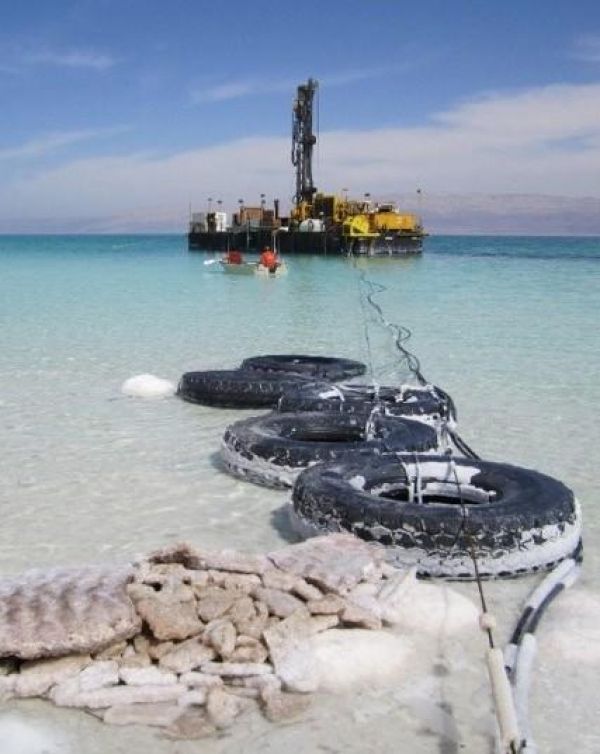Studying organic matter in sediments helps shed light on the distant past. What was the climate like? What organisms populated the Earth? What conditions did they live in? Researchers from the University of Geneva (UNIGE), Switzerland, and the University of Lyon, France, have examined the sediments in the Dead Sea, where the salinity is without compare, making it one of the most hostile environments on the planet. The geologists drilled a 400-metre hole in the core of the Dead Sea before analysing each layer of sediment and the traces of a strategy that enables bacteria to survive by feeding on the remains of other organisms. This discovery, to be read about in the journal Geology, will further our understanding of how life can develop even in the most severe conditions. It also provides vital research leads for detecting life on other planets.
The study of the deep biosphere – microbial presence in sediments – helps us understand the various aspects of the evolution of the Earth and the manifold climatic changes that it has been subjected to. «“t’s about studying bacteria and archaea – the oldest forms of life on Earth – that live in the sediments, and analysing the transformation processes that result from their presence, and that’s called diagenesis,” explains Daniel Ariztegui, a professor in the Department of Earth Sciences in UNIGE Faculty of Sciences.
An international team worked on reconstructing the climate of the Dead Sea over the last 200,000 years. Although the surface area of the lake and its depth are roughly equivalent to those of Lake Geneva, the Dead Sea loses a metre a year, which explains its ever-increasing salinity: 275 grams of salt per litre compared to 20 to 40 grams per litre in the oceans. Nevertheless, microbial life subsists in this extreme environment. But is it possible that a form of life has managed to adapt to the sediments in the Dead Sea – a particularly hostile environment that is isolated from the surface without any light, oxygen or frequent food intake? The scientists drilled a hole 400 metres deep and 10 centimetres in diameter in the heart of the Dead Sea in an attempt to find traces of microbial presence in the sediments, analysing sediment samples for each metre that was dug.
Read more at University of Geneva
Image: The scientific platform used to drill the sediments of the Dead Sea. (Credit: © ICDP)


